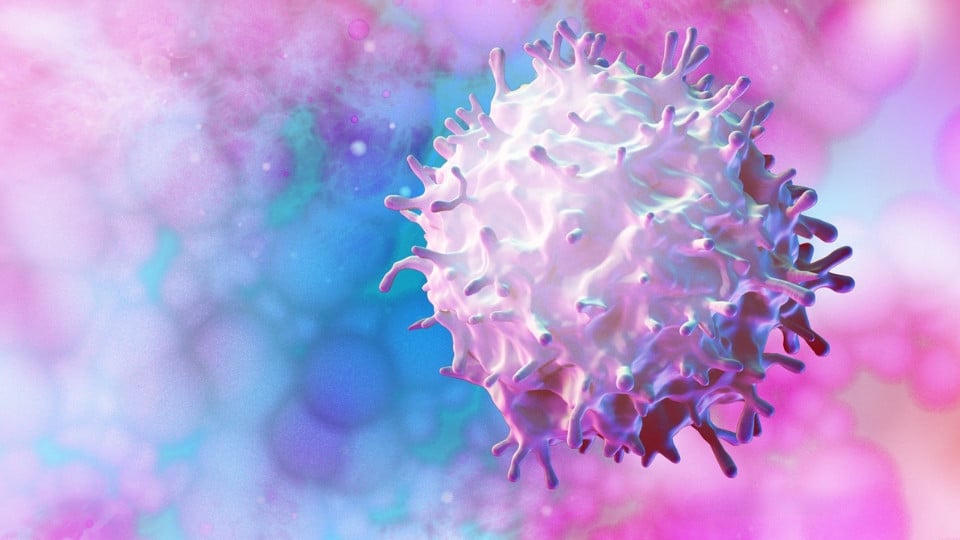As we step into Breast Cancer Awareness Month 2024, attention shifts to one of the most prevalent cancers affecting women globally. The World Health Organization highlights breast cancer as the most common cancer, with an alarming 2.3 million cases diagnosed in 2020 alone. This year's theme emphasizes the importance of understanding the disease, its stages, and the myriad treatment options available to empower patients and families in making informed decisions.
The Importance of Early Detection
Early detection remains a critical factor in improving outcomes for breast cancer patients. Screening initiatives such as mammography have proven invaluable, significantly enhancing survival rates by identifying cancers at earlier, more treatable stages. Despite growing awareness and advancements in screening technology, disparities in access to early diagnosis continue, particularly among underserved populations. In 2024, public health campaigns are prioritizing these disparities, focusing on equitable access to early detection methods.
Breast Cancer Stages: A Roadmap to Treatment
Understanding the stages of breast cancer is essential in determining its severity and guiding treatment approaches.
-
Stage 0
Known as ductal carcinoma in situ (DCIS), this stage marks the earliest form of breast cancer, where abnormal cells are contained within the ducts and have not spread to surrounding tissue. The prognosis is excellent at this stage, with treatment options including surgery (lumpectomy or mastectomy) and radiation therapy tailored to individual cases. With the rise of precision medicine, some low-risk DCIS patients may benefit from active surveillance instead of immediate surgery. -
Stage I
At this stage, the cancer is small and localized, often involving no or minimal lymph node involvement. Treatment typically involves surgery (favoring organ-sparing options), focused radiation therapy, and possibly hormonal therapy based on hormone receptor status. There has been a recent shift towards conservative surgeries, such as oncoplastic surgery, which aims to preserve the aesthetics of the breast while effectively removing the tumor. -
Stage II
This stage indicates a larger tumor, which may have spread to nearby lymph nodes. Treatment is more comprehensive, involving surgery, radiation, chemotherapy, and hormone therapy. The specific combination is tailored to each patient's cancer profile, considering factors like hormone receptor status and HER2 status. New molecular tests like Oncotype Dx are increasingly employed to evaluate the likelihood of cancer recurrence, aiding doctors in determining the necessity of chemotherapy. -
Stage III
Known as locally advanced breast cancer, this stage encompasses larger tumors or cancer that has significantly spread to the lymph nodes. Treatment becomes more aggressive, often requiring a combination of chemotherapy, surgery, and radiation therapy. Targeted therapies, such as HER2 inhibitors like trastuzumab, have become pivotal in enhancing outcomes for patients with HER2-positive cancers. -
Stage IV
Also referred to as metastatic breast cancer, this stage signifies cancer that has spread to other body parts, including bones, liver, lungs, or brain. While metastatic breast cancer is not considered curable, advances in treatment have transformed it into a manageable chronic condition for many women. Current treatments focus on disease control and quality of life maintenance, with new options such as CDK4/6 inhibitors and PARP inhibitors extending survival and enhancing life quality for patients with specific cancer subtypes.
New Frontiers in Breast Cancer Treatment
Breast cancer treatment is rapidly evolving, with innovations in precision medicine, immunotherapy, and AI-driven diagnostics revolutionizing the landscape. In 2024, several promising areas are shaping the future of breast cancer care.
Liquid Biopsies
Liquid biopsies represent a groundbreaking advancement in cancer detection and monitoring. These blood tests detect circulating tumor DNA (ctDNA), providing a non-invasive means to track disease progression, evaluate treatment responses, and identify early signs of recurrence. In the near future, liquid biopsies may become a standard part of routine care, allowing for personalized treatment adjustments based on real-time tumor evolution.
Immunotherapy

Copyright: 2020. The University of Texas. MD Anderson Cancer Centre
Although immunotherapy has transformed treatment for other cancers such as melanoma and lung cancer, its role in breast cancer has been historically limited. However, recent research shows growing promise, particularly for triple-negative breast cancer (TNBC), a more aggressive subtype. Drugs like checkpoint inhibitors (e.g., pembrolizumab) have gained approval for certain TNBC cases, and ongoing trials are investigating combinations of immunotherapy with chemotherapy and targeted therapies to enhance effectiveness.
Targeted Therapy and PARP Inhibitors
Targeted therapies are designed to attack specific vulnerabilities within cancer cells, sparing healthy cells and reducing side effects. Antibody Drug Conjugates (ADCs) such as Sacituzumab and Trastuzumab Deruxtecan have improved survival rates for patients. PARP inhibitors, including olaparib and talazoparib, are particularly effective for individuals with BRCA mutations, exploiting defective DNA repair mechanisms in BRCA-mutated cells to induce cancer cell death. Targeted therapies are becoming increasingly central to personalized cancer care.
Artificial Intelligence and Predictive Analytics
Artificial intelligence (AI) is playing a growing role in breast cancer diagnosis and treatment planning. AI tools can analyze mammograms, MRIs, and other imaging techniques to identify early signs of cancer that may be overlooked by human eyes. Beyond detection, AI-driven analytics and radiomics are assisting oncologists in predicting patient outcomes based on extensive datasets, thereby guiding more personalized and effective treatment strategies.
Psychosocial Aspects of Breast Cancer Care
Navigating the journey from diagnosis to treatment and beyond can be emotionally challenging, with many survivors living in fear of recurrence. Consequently, the focus on patients' emotional and psychological well-being is intensifying. In 2024, breast cancer care increasingly embraces holistic approaches that address not only the physical aspects of the disease but also the mental health of patients. This includes access to counseling, support groups, and survivorship programs that help women navigate life after cancer treatment.
Progress and Hope
As we commemorate Breast Cancer Awareness Month 2024, it is evident that the future of breast cancer care is filled with promise. Early detection, personalized treatment plans, and cutting-edge therapies are enhancing outcomes and instilling hope in millions. Nonetheless, addressing disparities in access to care remains crucial, ensuring that all women, regardless of their socioeconomic background, can benefit from advancements in breast cancer treatment.
Awareness campaigns must continue to underscore the significance of screening, self-exams, and timely medical consultations while highlighting the incredible progress being made in research and treatment. With a sustained focus on innovation and equity in care, the vision of a future where breast cancer is no longer a life-threatening disease becomes more tangible each year.









COMMENTS
Comments are moderated and generally will be posted if they are on-topic and not abusive.
For more information, please see our Comments FAQ